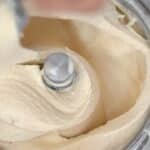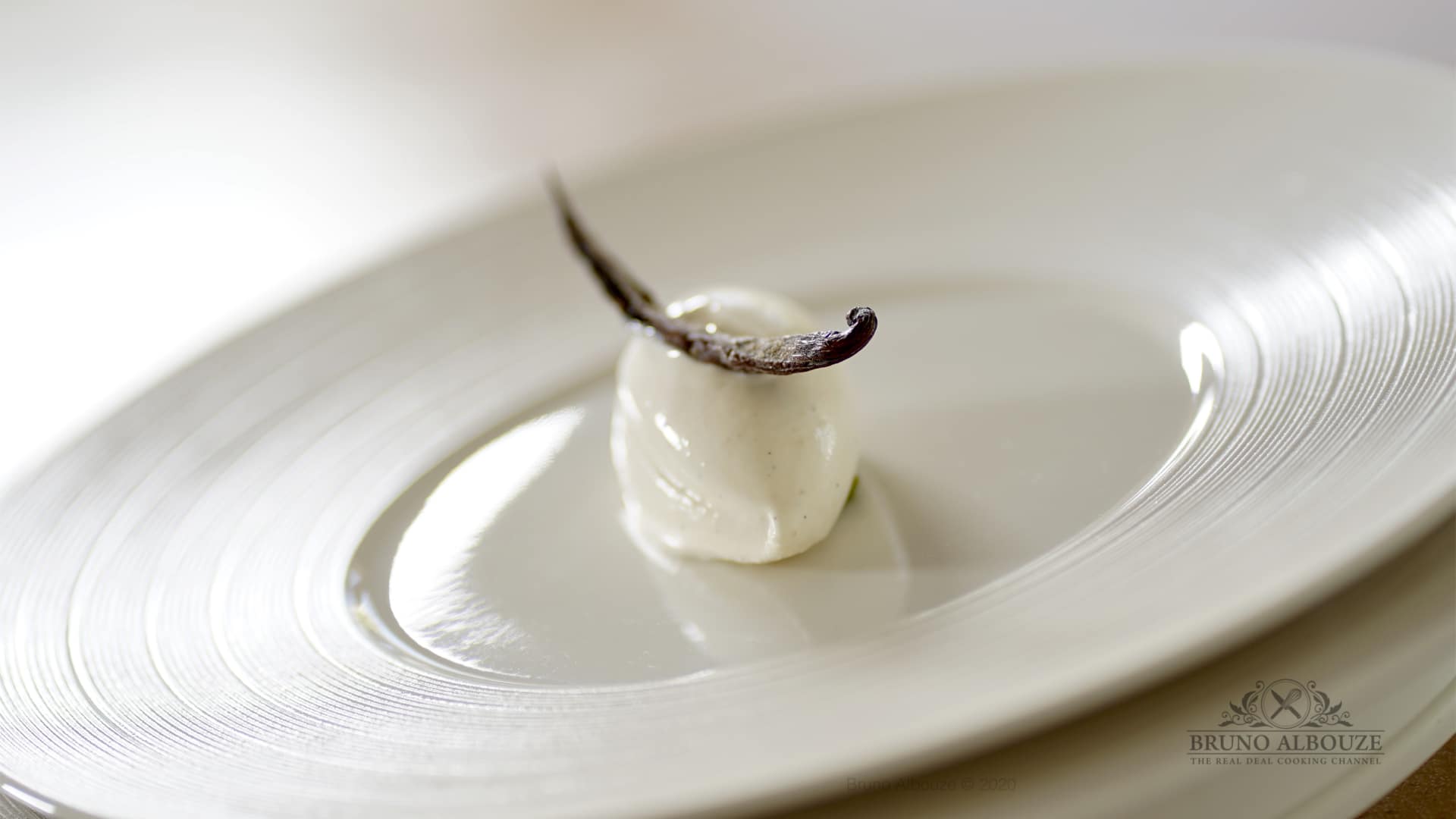Ingredients
Equipment
Method
Ice Cream Stabilizer vs Gelatin
- When making ice cream at home, the use of gelatin in place of an ice cream stabilizer offers a great alternative. When added to Ice-creams it acts as an emulsifier. It also prevents the formation of large crystals in the ice creams.
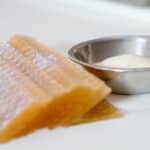
How To Make Quenelle
- In the gastronomy world, a quenelle is an elegant way to sublime ice cream, sorbet, mousse, etc. Choose a dessert spoon with a sharp curve oval shape. Place your quenelle spoon in warm water and tap dry to remove excess water.
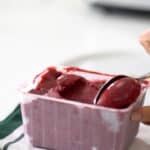
- In a single motion, drag the spoon down through the ice cream toward the near edge of the container so it curls over itself to form the quenelle.
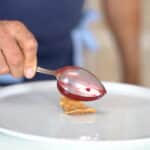
- You should always serve a quenelle on a base; it prevents sliding. Use some toasted nuts, crumble, streusel, crushed cookies, tuile, biscotti, wafer, macaron etc...
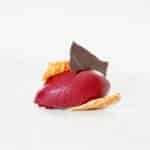
Ice Cream Custard Base (Crème Anglaise)
- Bloom gelatin in cold water and drain. In a saucepan, heat milk, heavy cream, vanilla, sugar and salt. (Add coffee beans if making coffee ice cream). Turn off the heat, cover and let infuse 20 minutes or for up to 48 hours (in the refrigerator). Remove and save the vanilla pods. Sieve liquid if using coffee beans. Reheat liquid to 95ºF/35ºC. Add the glucose powder combined with the stabilizer if using it, and dry milk. Mix with the immersion blender. Once the temperature reaches 113ºF/45ºC, add the egg yolks and blend. Cook custard to 185ºF/85ºC, stirring constantly. Remove from the heat and mix in the bloomed gelatin. Refrigerate the ice cream custard base for up to 24 hours.

- Churn for about 45 minutes. Click here for more detailed instructions.
